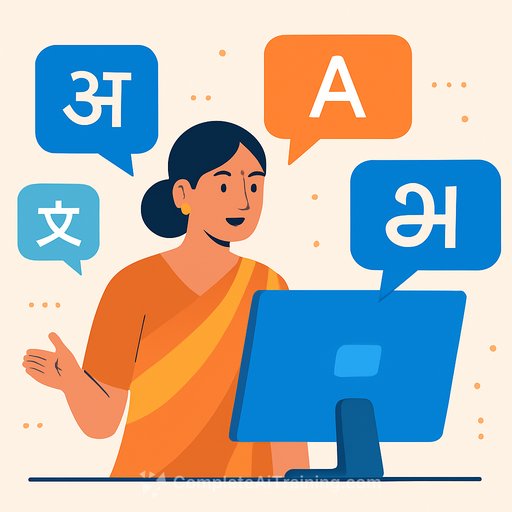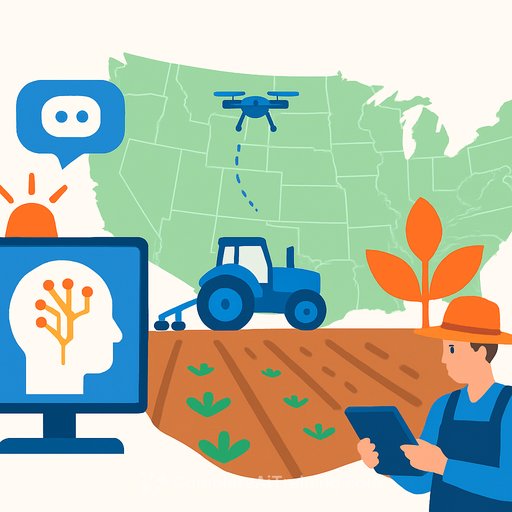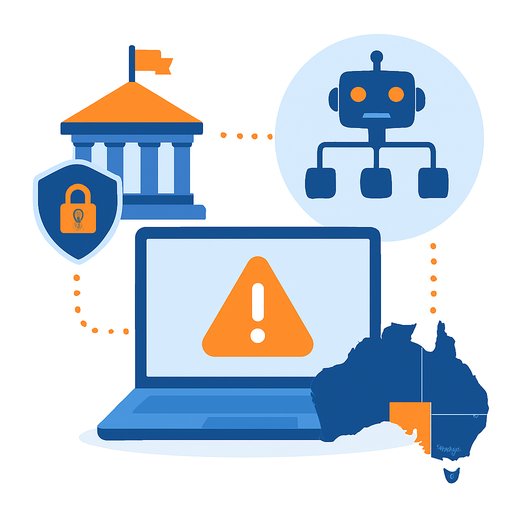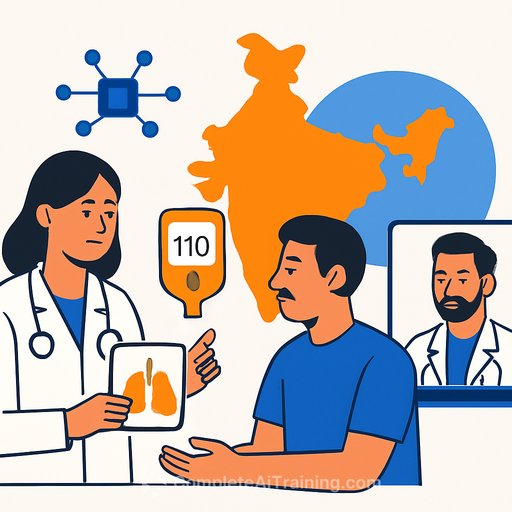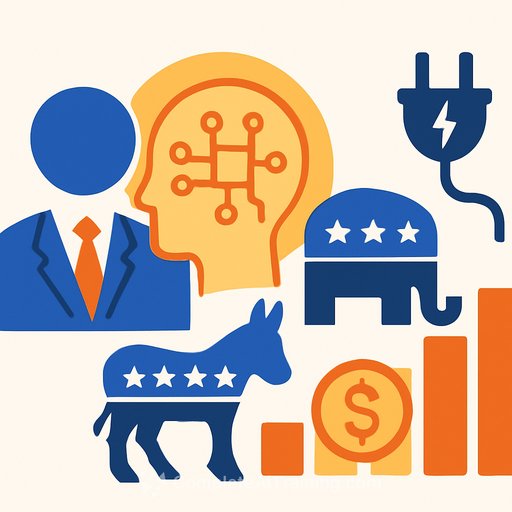India's 22 Languages Go Digital: What Government Teams Can Do Now
India is moving to make every digital touchpoint work in the citizen's mother tongue. Platforms like Bhashini, BharatGen, and Adi-Vaani bring real-time translation, voice interfaces, and local-language content to the front line of governance, education, and health services.
As often stated by the Prime Minister, "A language is not just a mode of communication - it is the soul of a civilization, its culture, and its heritage." This shift turns that belief into everyday access: forms, helpdesks, classrooms, and benefits-available in 22 Scheduled Languages and many tribal languages.
What's live and useful for public service
- Bhashini: Real-time translation and voice support for 22 Scheduled and several tribal languages. It already powers projects like Sansad Bhashini and can plug into portals, chatbots, and call centers. Official site
- BharatGen: Text-to-text and text-to-speech models trained with data from SPPEL and Sanchika. Useful for citizen charters, scheme FAQs, helpline scripts, and multilingual notifications.
- Adi-Vaani: Built for tribal languages such as Santali, Bhili, Mundari, and Gondi. It supports real-time translation and documentation of oral traditions for use in classrooms and administration.
- SPPEL + Sanchika: Ongoing documentation and digital archives for languages spoken by fewer than 10,000 people. This feeds model training and ensures rare languages are not left behind.
- TRI-ECE: Enables translation of English and Hindi content into tribal languages with cultural review checkpoints.
Education stack that supports NEP 2020
AICTE's e-KUMBH gives free technical books in multiple Indian languages. Anuvadini translates engineering, medical, law, and skill-development texts for state universities and training institutes.
SWAYAM, with over five crore learners, delivers high-quality courses and can be paired with translation workflows for local-language access. Explore SWAYAM
Why this matters for government teams
- Increase uptake of schemes by removing language barriers at the first click.
- Cut call times and repeat visits with clear voice guidance in the caller's language.
- Move critical services-telemedicine, agriculture advisories, emergency alerts-to voice and text in local languages.
- Make classrooms inclusive with translated textbooks, captions, and assignments.
- Support courts, land records, and grievance redressal with consistent translation and terminology.
Quick implementation plan (first 90 days)
- Days 0-30: Audit top 50 pages, forms, and helpline scripts. Pick 3 priority languages per district. Create a shared glossary for names of schemes, ministries, and legal terms. Pilot Bhashini on two high-traffic pages and one chatbot.
- Days 31-60: Add text-to-speech for FAQs and IVR flows. Enable speech-to-text for helpline intake. Set up human review for legal and medical content. Start Anuvadini for priority textbooks or training modules.
- Days 61-90: Expand to 8-10 languages based on traffic data. Launch feedback widgets for "Was this clear in your language?" Track corrections and improve the glossary weekly.
Quality, safety, and compliance
- Human-in-the-loop: All legal, medical, and financial content gets a bilingual reviewer before publication.
- Data protection: Redact PII before sending audio/text to external APIs. Keep logs with consent flags and retention limits.
- Accessibility: Offer text, audio, and captions. Follow WCAG 2.1 and BIS guidelines for readability and contrast.
- Cultural review: For tribal content, consult TRI and local experts to avoid misinterpretation.
Procurement checklist for language AI
- API and on-prem options; clear data residency terms; SLA for uptime and latency.
- Coverage of 22 Scheduled Languages plus targeted tribal languages; dialect handling.
- Glossary support, custom dictionaries, and versioning; batch and real-time modes.
- Security reviews, audit trails, content filters, and fallback workflow to human translators.
- Transparent pricing (per character/minute) and predictable monthly caps.
Metrics that prove value
- Coverage: % of pages, forms, and IVR flows available in priority languages.
- Quality: Human adequacy/fluency scores plus automated checks (BLEU/COMET) on a fixed test set.
- Service outcomes: First-contact resolution, call duration, resubmission rate for forms, and grievance closure times.
- Inclusion: Usage by tribal-language speakers; district-wise adoption; student completion rates for translated courses.
Tech notes (plain language)
- Core components: ASR (speech-to-text), TTS (text-to-speech), NMT (translation), and NLU (language interpretation).
- Models: IndicBERT and mBART help with Indian language structure and context.
- Data: SPPEL and Sanchika provide dictionaries, stories, and audio-crucial for accuracy in rare languages.
- Practice: Keep a terminology list, prefer standard transliteration, cache frequent outputs, and log corrections for retraining.
Risks and how to handle them
- Dialect variance: Use locale-specific models where possible; add examples from field offices.
- Named entities: Lock glossary entries for scheme names, Acts, and ministries to avoid drift.
- Noisy audio: Offer IVR fallback to keypad input; add noise reduction and caller guidance.
- Connectivity gaps: Provide offline-friendly PDFs with QR codes to audio versions and SMS summaries.
Where teams can skill up
If your department is setting up translation workflows or voice interfaces, a short upskilling path helps. See curated training by job role here: Complete AI Training - Courses by Job
The bigger picture
Language access is public service access. With Bhashini, BharatGen, Adi-Vaani, SPPEL, Sanchika, TRI-ECE, e-KUMBH, Anuvadini, and SWAYAM working together, citizens can read, listen, and learn in the language they trust.
The outcome is simple: fewer barriers, faster delivery, and better inclusion-across every state and district.
Your membership also unlocks:

